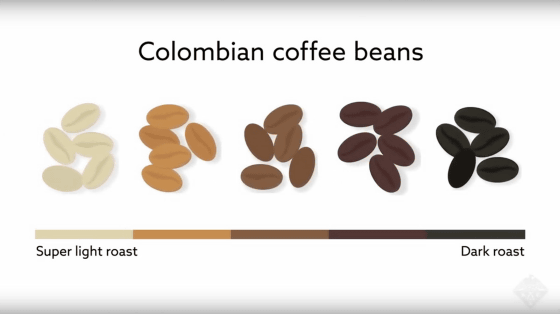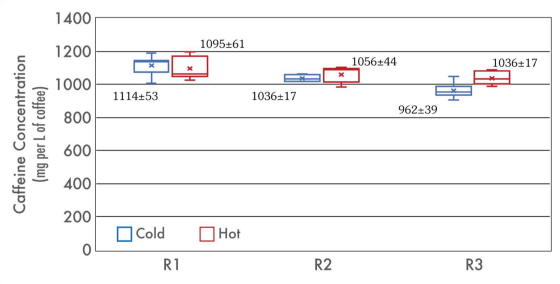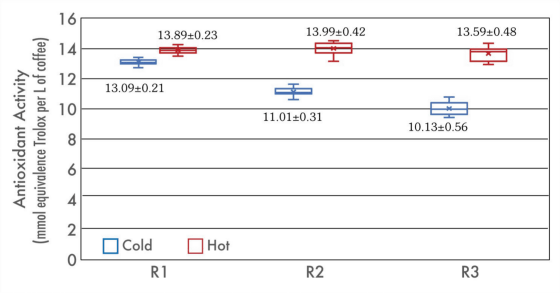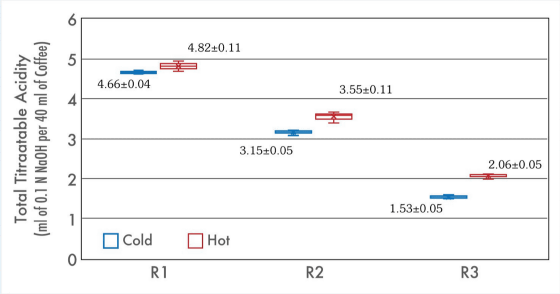What is the difference between cold-brewed coffee and hot-water coffee?

Role of roast on chemical characteristics of cold brew coffee | Morressier
https://www.morressier.com/article/role-roast-chemical-characteristics-cold-brew-coffee/5e736c70cde2b641284abdff
The chemistry of cold-brew coffee is so hot right now | Ars Technica
https://arstechnica.com/science/2020/04/the-chemistry-of-cold-brew-coffee-is-so-hot-right-now/
In cold brew, coffee is extracted by soaking powdered coffee in water and placing it for several hours to two days. Lao said he had a cold brew coffee for the first time when he visited San Diego. Regarding the taste of cold brew coffee, Mr. Lao says, 'It was not sour, slightly sweet, very rich and flavorful.'

Lao, who first drank cold brew coffee, researched cold brew and tried to make it himself. However, it didn't taste as good as it did in San Diego, so he began researching cold brew to reproduce the flavorful flavor.
'There is a lot of research on coffee, but not much on cold brew coffee,' said Lao. Lao estimates that in countries such as Italy, Turkey, Brazil, and Colombia where coffee production and consumption is high, one of the reasons is the long history of hot brew coffee, including espresso.

'Many chemicals are easier to melt at high temperatures than at low temperatures, meaning that when you pour hot coffee, pouring hot water into powdered coffee will extract all kinds of chemicals, 'With cold brew, only compounds that dissolve at low temperatures are extracted, which reduces savoryness,' says Rao.
Lao and colleagues experimented with
For hot brew coffee, the degree of roasting can make a big difference in the taste of the coffee. Lao and his colleagues used cold roasted coffee beans to determine whether cold brewed coffee had a different taste depending on the degree of roasting.

In the graph below, the vertical axis represents the amount of caffeine, and the horizontal axis represents the roasting degree of coffee beans. Light roast is R1, medium roast is R2, dark roast is R3. Cold brew is blue, hot brew is red, and the measurement results are written in a

In the graph below, the vertical axis represents the amount of antioxidants. Hot brew extracted more antioxidants from the coffee beans, and cold brew extracted less antioxidants as the degree of roasting increased.

In the graph below, the vertical axis represents the acidity contained in coffee, and it can be seen that the hot brew has a stronger acidity. In addition, it became clear that the deeper the beans were roasted, the lower the acidity in both cold brew and hot brew.

Rao also describes how to make a delicious cold brew coffee. When making at home, we recommend leaving coffee at room temperature for about 10 hours rather than making it in the refrigerator. When making in the refrigerator, it is necessary to take more time to extract.
In addition, Lao recommends filtering cold brew coffee three times with a coffee filter. Lao says that using two coffee filters in layers to remove impurities completely will result in better coffee.
Related Posts:
in Food, Posted by darkhorse_log







